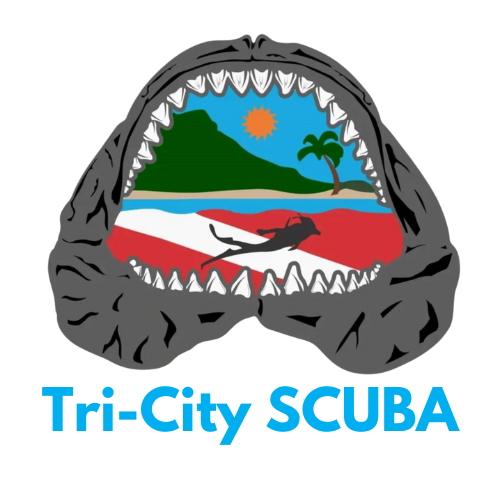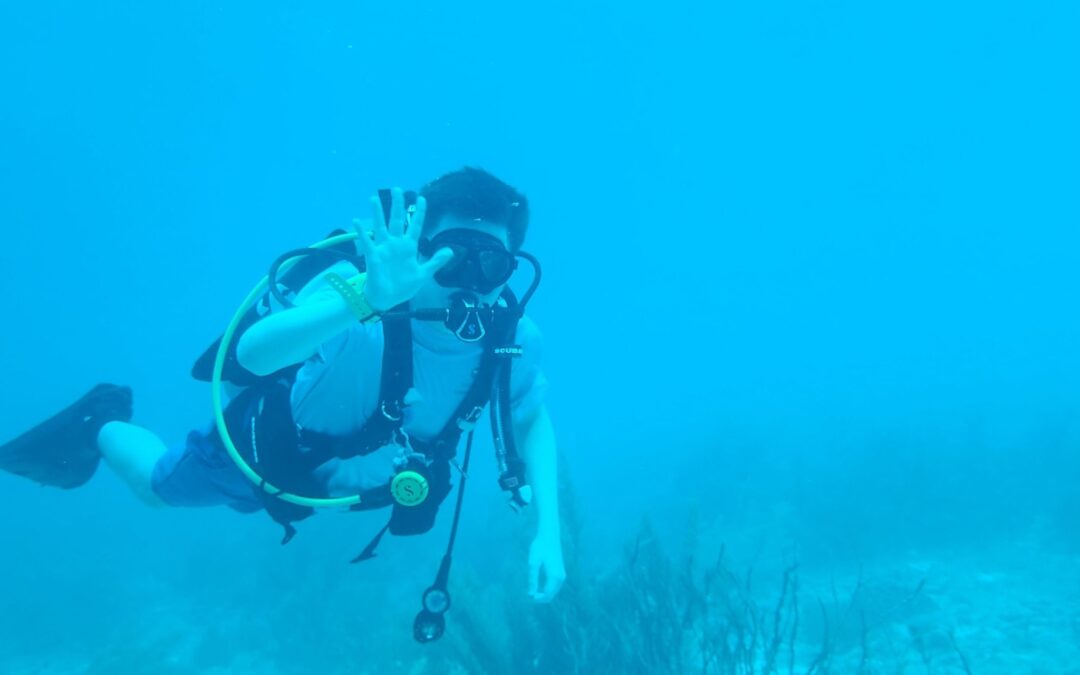If there’s one course that changes the way you dive forever, it’s Rescue Diver training. Until this point, most of your scuba education has been about keeping yourself safe—managing buoyancy, tracking air consumption, and staying within depth limits. But what happens when something goes wrong with another diver? What if your buddy panics? What if someone runs out of air or becomes unresponsive?
That’s where the Rescue Diver course comes in. It’s one of the most challenging yet rewarding courses you’ll take as a diver, and I can personally say it made me a far more confident, capable diver. If you’re looking to step up your dive skills and be the person others can rely on, this course is for you.
Why Take the Rescue Diver Course?
You may be thinking, “I’m a safe diver—why would I need rescue training?” The truth is, even the most experienced divers can find themselves in emergencies. Having the knowledge and skills to prevent, recognize, and handle those emergencies can mean the difference between a minor issue and a life-threatening situation.
Key Benefits of Rescue Diver Training:
- Increases self-awareness and situational awareness underwater.
- Teaches how to identify and prevent potential emergencies before they escalate.
- Develops the ability to assist panicked or unresponsive divers.
- Enhances confidence, making you a stronger and more independent diver.
- Many professional-level courses (Divemaster, Instructor) require Rescue Diver certification as a prerequisite.
I’ll be honest—this course isn’t a leisurely drift dive. It’s physically and mentally demanding, but by the end of it, you’ll feel like you can handle anything the ocean throws at you.
What to Expect in the Rescue Diver Course
The Rescue Diver course consists of a mix of classroom (or online) learning, confined water skill sessions, and open water rescue scenarios. You’ll work through a variety of realistic emergency situations, so be prepared to get hands-on!
1. Knowledge Development
Before you even hit the water, you’ll complete classroom or e-learning modules covering topics such as:
- Recognizing stress and panic in divers.
- Causes of diving-related injuries and emergencies.
- How to conduct an effective rescue.
- Oxygen administration and basic first aid techniques.
- Creating emergency action plans for dive sites.
2. Confined Water Training
Once you understand the theory, it’s time to get in the water. In a pool or calm water environment, you’ll practice:
- Assisting a tired or panicked diver.
- Surfacing an unresponsive diver.
- Administering rescue breaths in water.
- Exiting an unconscious diver from the water.
- Using a rescue float or pocket mask.
This is where you start to feel the real physicality of rescue scenarios. Hauling an unconscious diver to shore? Not easy. Performing in-water rescue breaths while towing someone? Challenging. But these are the skills that could save a life.
3. Open Water Scenarios
Now comes the real test—putting it all together in realistic emergency simulations in open water. Expect the unexpected because your instructor will likely throw surprises your way! Scenarios may include:
- Searching for a missing diver.
- Handling a panicked diver at the surface.
- Conducting an unresponsive diver rescue from depth.
- Managing a diving-related medical emergency after surfacing.
These scenarios are intense but invaluable. The first time I had to haul a fully geared diver to shore while giving rescue breaths, I thought, This is exhausting. But then I realized: if this were real, I wouldn’t have the option of quitting.
My Experience: Rescue Training in a Freezing Quarry
I’ll never forget my Rescue Diver course. It was November, the air was crisp, and I was wearing a drysuit. The water in the quarry was cold—so cold that my fingers went numb within minutes. But there was no time to complain. My instructor had just “passed out” at 30 feet, and it was up to me to bring him up safely.
As I performed the controlled ascent, I kept running through my training: tilt the diver’s head for airway control, establish positive buoyancy at the surface, remove gear for an easier tow. By the time I reached shore, I was exhausted but felt more capable than ever before. That’s what Rescue Diver does—it pushes you to think, act, and stay calm under pressure.
Who Can Take the Rescue Diver Course?
If you’re at least 12 years old and hold an Advanced Open Water Diver certification, you’re eligible to enroll. You’ll also need Emergency First Response (EFR) training (or another equivalent first aid certification) completed within the past 24 months.
How to Prepare for Rescue Diver Training
- Build your stamina – You’ll be swimming, towing, and lifting gear and people.
- Refresh your basic skills – Being comfortable with buoyancy, mask clearing, and navigation will make the course smoother.
- Practice stress management – Rescue scenarios can be mentally demanding. Take deep breaths and focus on problem-solving.
- Have the right gear – A well-fitting wetsuit or drysuit, a pocket mask, and a cutting tool are helpful for this course.
Why Every Diver Should Take Rescue Diver
Even if you never plan to go pro, Rescue Diver training makes you a more responsible and prepared diver. You’ll be the person who stays calm when things go wrong. You’ll know how to recognize problems before they escalate. You’ll be the diver others look to in an emergency.
Personally, after completing Rescue Diver, I felt a new level of confidence. I knew that if my dive buddy ever needed me, I’d be ready. And let’s be real—that peace of mind is priceless.
Take the Next Step – Sign Up Today!
Are you ready to take your diving skills to the next level? Tri-City SCUBA offers Rescue Diver training that will prepare you for real-world diving emergencies. This course will challenge you, push you, and transform the way you dive.
Don’t wait until you wish you had these skills—become a Rescue Diver today! Contact Tri-City SCUBA to reserve your spot in an upcoming class!
Learn SCUBA!
Classes are forming now.

